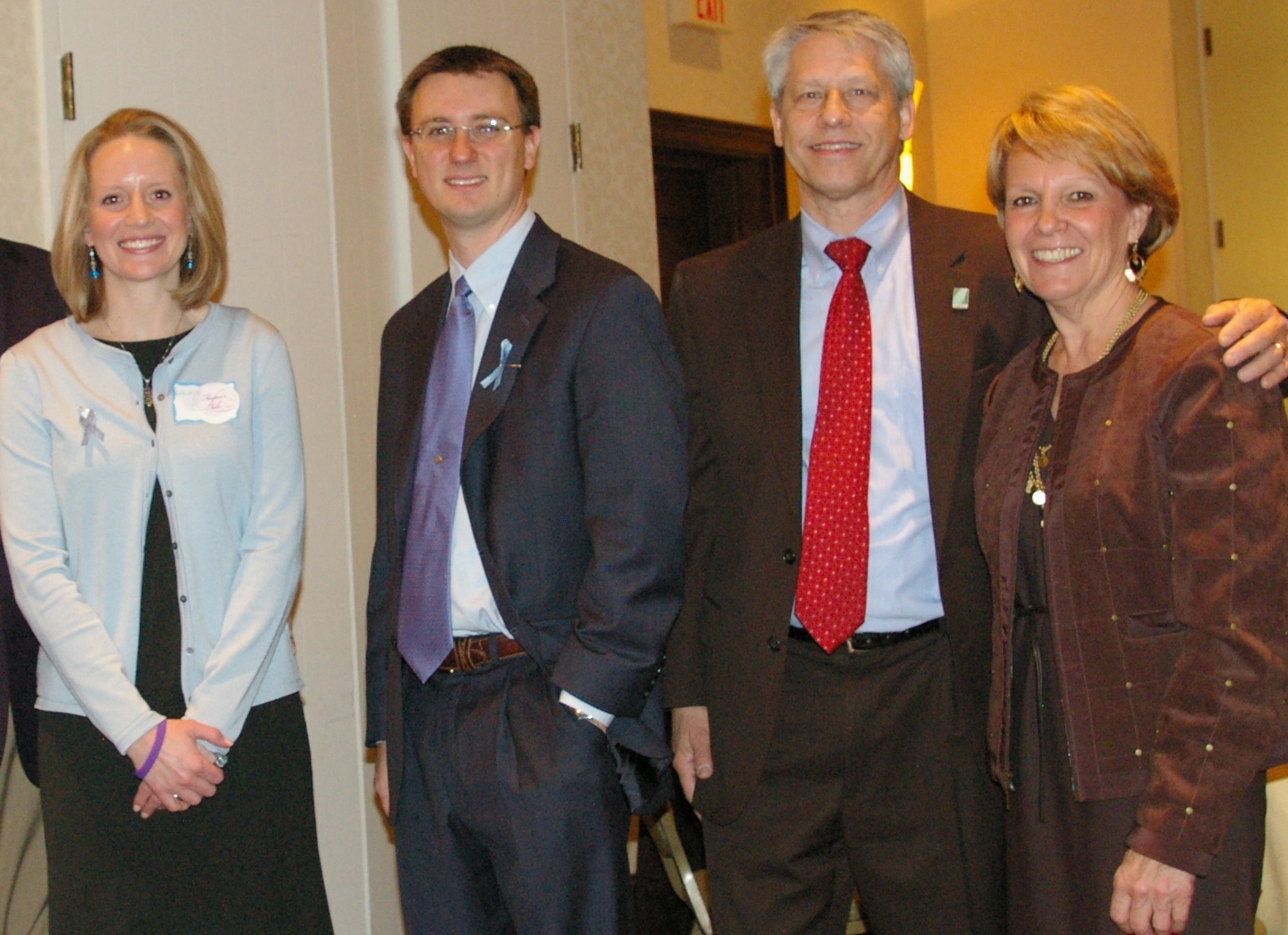I’ve been in frequent touch with my friend, Ricki Lewis, since leaving a comment on her DNA Science blog nearly three years ago. Ricki, a science writer with a PhD in genetics and author of The Forever Fix: Gene Therapy and the Boy Who Saved It, has written about Taylor’s Tale and our fight against Batten disease many times. She supported me while I wrote my memoir, Run to the Light, serving as an early reader. Ricki and I have never met in person, but after reading my book, she knows more about my family and me than most people.
This week, Ricki emailed me to ask about my recent trip to a writers’ conference in Asheville, North Carolina, and to wish my family a happy Thanksgiving. “I wish Taylor could taste the food,” Ricki said. “But she can smell, right?” continue reading →


